|
Gussie Maccracken (PhD student, Shultz Lab) co-authors paper published in Science looking at the recovery of ecosystems after the Cretaceous-Paleogene extinction. The publication was featured in The NY Times and a corresponding NOVA special.
https://www.nytimes.com/2019/10/24/science/fossils-mammals-dinosaurs-colorado.html https://www.pbs.org/wgbh/nova/video/rise-of-the-mammals/ Dermestes maculatus, a species of flesh-eating beetles dine on the dead and help scientists preserve skeletal remains. At least, most of time, says Peter Coffey, an agriculture educator at the University of Maryland and UMD Alum (MS, 18’, Hooks Lab). He tells Mental Floss “there has to be a perfect storm of good environmental conditions and poor food availability before they’ll resort to bone, which would explain why it’s not more commonly observed.”
Check out full article: http://mentalfloss.com/article/605729/why-dont-bugs-eat-bone
Written by: Huiyu Sheng (MS student, St. Leger Lab) & Zac Lamas (PhD student, vanEngelsdorp Lab)
Fungi are more than decomposers. They can infect many different organisms, including insects. It is due to the fact that fungi have the ability to infect insects that humans have a long history of using them for the biological control of pests. For instance, Beauveria bassiana was first identified as a silkworm pathogen in 1815. In 1879, Elie Metchnikoff, a Russian zoologist suggested using Metarhizium anisopliae to control beetles of agricultural crops. 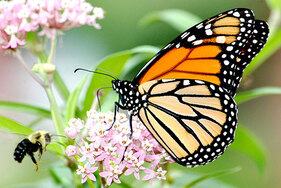 Written by: Margaret Hartman (M.S. student, Lamp Lab) and Demian Nunez (M.S. student, Hooks Lab) In recent years the public has become increasingly aware of the devastating impact humans are having on wildlife across the globe. Insect declines have received a lot of attention in the news lately with stories about the decline of pollinators inspiring people across the country to find ways to “save the bees,” including planting flowers in their yards, and some state and local governments are even taking steps to restrict or ban certain pesticides that are known to be harmful to pollinators. While honeybees (Apis mellifera) are among the most recognizable and charismatic of these pollinators, the real crisis is the even greater loss of native pollinator abundance and diversity across much of North America and other parts of the world. But pesticide usage isn’t the only factor contributing to the loss of our native bees and other insects. Diseases, parasites, and especially habitat loss have all contributed to native bee decline, and efforts to maintain and restore the health of our pollinator ecosystems will require a broad approach to making our expanding urban landscapes suitable for preserving our pollinator communities. 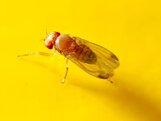 Image Credit: Philip Fanning and MSU Entomology Image Credit: Philip Fanning and MSU Entomology Postdoc Torsten Schoneberg and Assistant Professor Kelly Hamby work with MSU & USDA to explore the use of microbial sterilants as a management tool for Spotted-Wing Drosophila infestations. Check out recently published paper on their research, “Exploring the Efficacy andMechanisms of a Crop Sterilant for Reducing Infestation by Spotted-Wing Drosophila (Diptera: Drosophilidae)” Students enrolled in ENTM798N explore the important role photography plays in science communication and outreach. PhD student Veronica Yurchak (Hooks Lab) applied what she learned in class to capture impressive images of these bees - Male Carpenter Bee, Megachilidae and hoverfly. Darsy Smith (PhD student, Lamp Lab) uses a macro lens to get a snapshot of bee mid collection.
As the semester continues we will upload more images from ENTM798N's talented group of students.
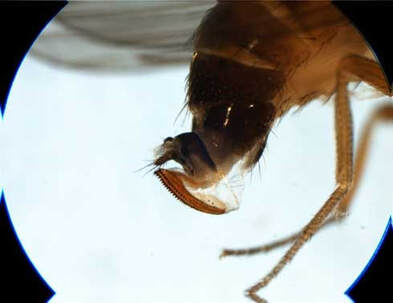 Fig. 1. SWD Large and serrated ovipositor (photo by Martin Hauser) Fig. 1. SWD Large and serrated ovipositor (photo by Martin Hauser) written by: Elizabeth Dabek, MS student, Hooks and Shrewsbury lab & Serhat Solmaz, MS student, vanEngelsdorp Lab The Spotted-wing Drosophila (SWD) is an invasive pest native to Southeast Asia. Since it was first detected in 2008 in California, the fly has rapidly become widespread throughout North America. Unlike other common drosophila species breeding on rotting fruits, SWD female has a large and serrated ovipositor (Fig. 1) that enables it to lay eggs inside ripe and fresh fruits. As the fruit ripens, often after harvest, damage caused by SWD (dimples and craters on the skin of the fruit) becomes visible (Fig. 2). SWD is highly polyphagous; being able to oviposit and/or reproduce in various cultivated and wild fruits. Its fast development and high reproductive potential can lead to explosive population increases and significant economic losses to crops. Economic losses from SWD in the western US for raspberries, blackberries, blueberries, strawberries, and cherries are estimated to be up to $500 million annually1. Current control programs rely heavily on insecticides that target adult flies in commercial crops. Because non-crop habitats can act as a reservoir for the fly’s reinvasion into treated crops, area-wide IPM strategies such as biological control that reduce population densities at the landscape level need to be developed for such a highly mobile and polyphagous pest.
The Institute for Bioscience and Biotechnology Research (IBBR) and the University of Maryland College Park (UMCP) Department of Entomology invite applications for a tenure-track faculty position in the area of arthropod vectors of disease. The position will be based at the IBBR campus in Rockville, Maryland, with a tenure home in the Department of Entomology. The appointee will be expected to build a nationally prominent, robustly funded research program and to oversee the University of Maryland Insect Transformation Facility, an international authority and resource for insect genetic modification technologies located at IBBR. We expect to fill the position at the Assistant or Associate Professor rank. For best consideration, apply by December 1, 2019. Application information at: https://ejobs.umd.edu/postings/74086
Written by: Arielle Arsenault-Benoit (PhD student, Fritz lab)
Dr. Deren Eaton, Assistant Professor at Columbia University, has broad interests in the evolution of plant morphology and diversification. In addition to his field and laboratory research, Dr. Eaton has a developed ipyrad, a software platform and toolkit to aid scientists in the analysis of genomic data in an effort to make analysis of genomic datasets more accessible and reproducible. The era of sequencing and genomic analysis is changing the way we think about ecology and evolution. By generating large datasets that span the genome, researchers can explore changes in lineages over space and time, and witness evidence of gene flow between populations, historical genetic mixing, or isolation events using statistical modeling approaches.
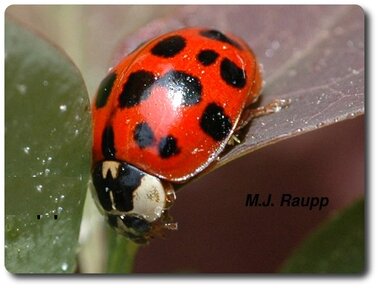 Photo Credit: Professor Mike Raupp Photo Credit: Professor Mike Raupp Professor, Mike Raupp describes to National Geographic how ladybugs prepare for the change in season. Quote: There are around 5,000 species of ladybug, and many—such as multicolored Asian lady beetles, which are invasive in North America—will “be fattening up on thousands of aphids and soft-bodied prey” as fall approaches, says Mike Raupp, an entomologist at the University of Maryland. Read full article here>> Study led by Professor Emerita Barbara Thorne looks into the origins of conehead termites in Florida. Publication featured in Entomology Today.
Quote: “Our results show that human transport of infested materials is a significant risk for spreading populations of invasive conehead termites,” Thorne says. “The operational application of this result is that, beginning immediately upon discovery of invasive coneheads (or any species in the genus Nasutitermes), alerts and precautions must be implemented to prevent movement of potentially infested materials to a new location.” Read full article here>> |
Categories
All
Archives
June 2024
|
Department of Entomology
University of Maryland
4112 Plant Sciences Building
College Park, MD 20742-4454
USA
Telephone: 301.405.3911
Fax: 301.314.9290
University of Maryland
4112 Plant Sciences Building
College Park, MD 20742-4454
USA
Telephone: 301.405.3911
Fax: 301.314.9290

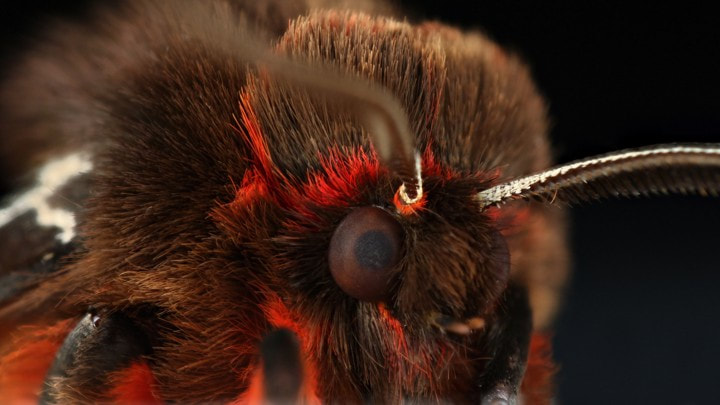
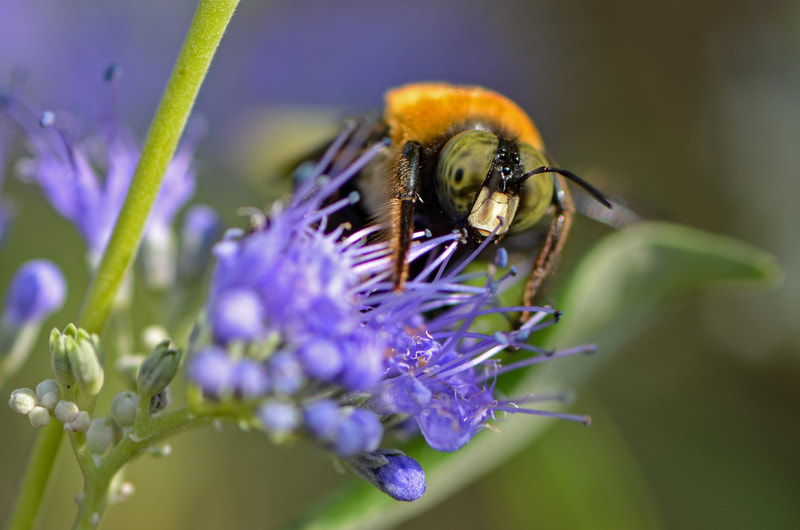
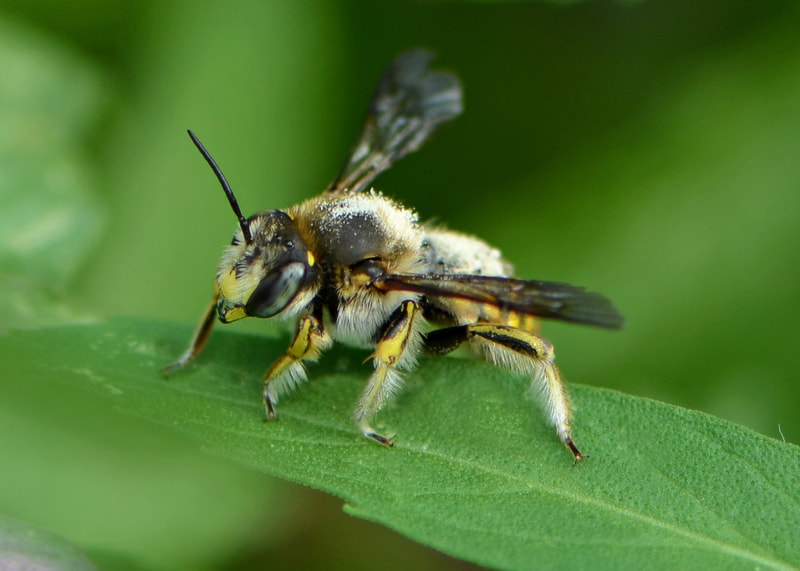
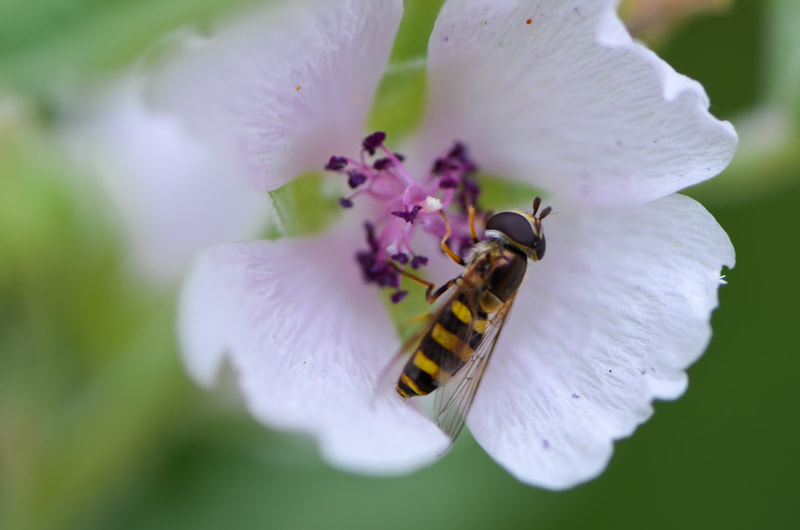
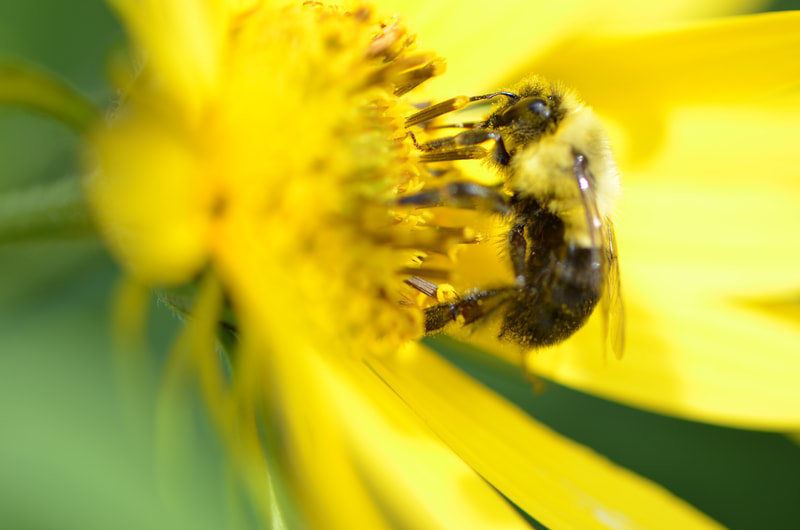
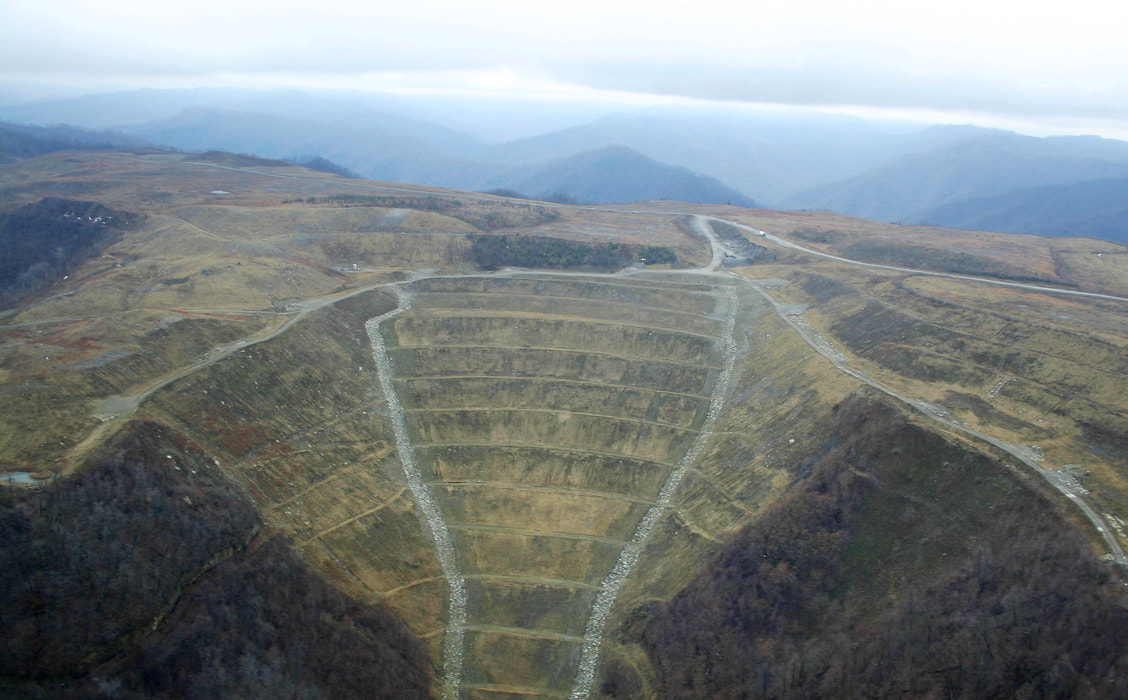



 RSS Feed
RSS Feed




